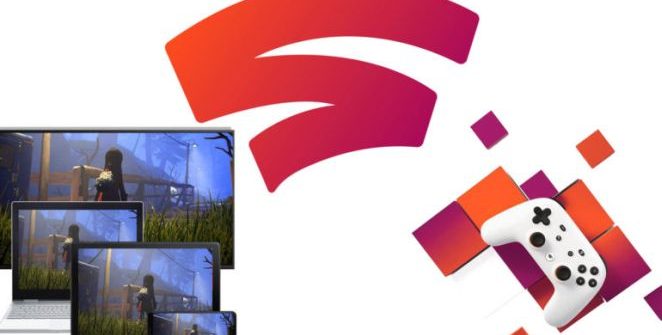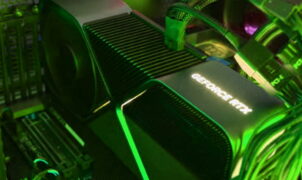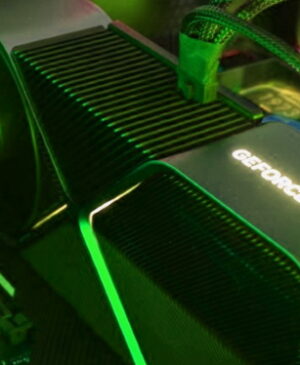Phil Harrison, a vice president at Google, told PCGamesN how the Google Stadia could have deeper, better simulation in a game compared to a regular console.
„When you have an almost uncapped amount of computation sitting in a data centre that you can use to support your game design and ambition – whether it’s in vastly superior multiplayer, whether it’s in distributed physics, or massive simulation – there are things we can do inside a data centre that you could never do inside a discreet, standalone device.
We think that developers will get excited about some really rather mundane things that will actually have a huge impact on performance and scalability. If you want it you’ve got, effectively, petabytes of storage for your game locally – very, very fast storage – so that means you could create a simulation or a database that is vastly more complex.
If a developer can look at the resources that we can bring to bear on a game they can go orders of magnitude greater in terms of every player inside a world having a persistent memory that lasts over the entire span of the game. You could have tens of thousands of NPCs, all of whom have a complex relationship with each other and with the player – and it’s persistent. That requires a huge amount of local database that you can’t do in a discrete, standalone machine,” Harrison said.
However, it could only be utilised if it’s a Google Stadia-exclusive game (meaning it won’t have the possible limitations of a console), and – as previously – the PR-talk did not mention the Internet connection quality/speed requirements. If there’s no Internet, there’s no Stadia. If there’s no good quality internet, there’s no Stadia.
Thus, it’s no wonder that the recently performed poll in the United Kingdom (which we discussed previously) still put the next-gen PlayStation and Xbox in front of the Google Stadia from the polled people’s interest’s perspective…
Source: WCCFTech
















Leave a Reply